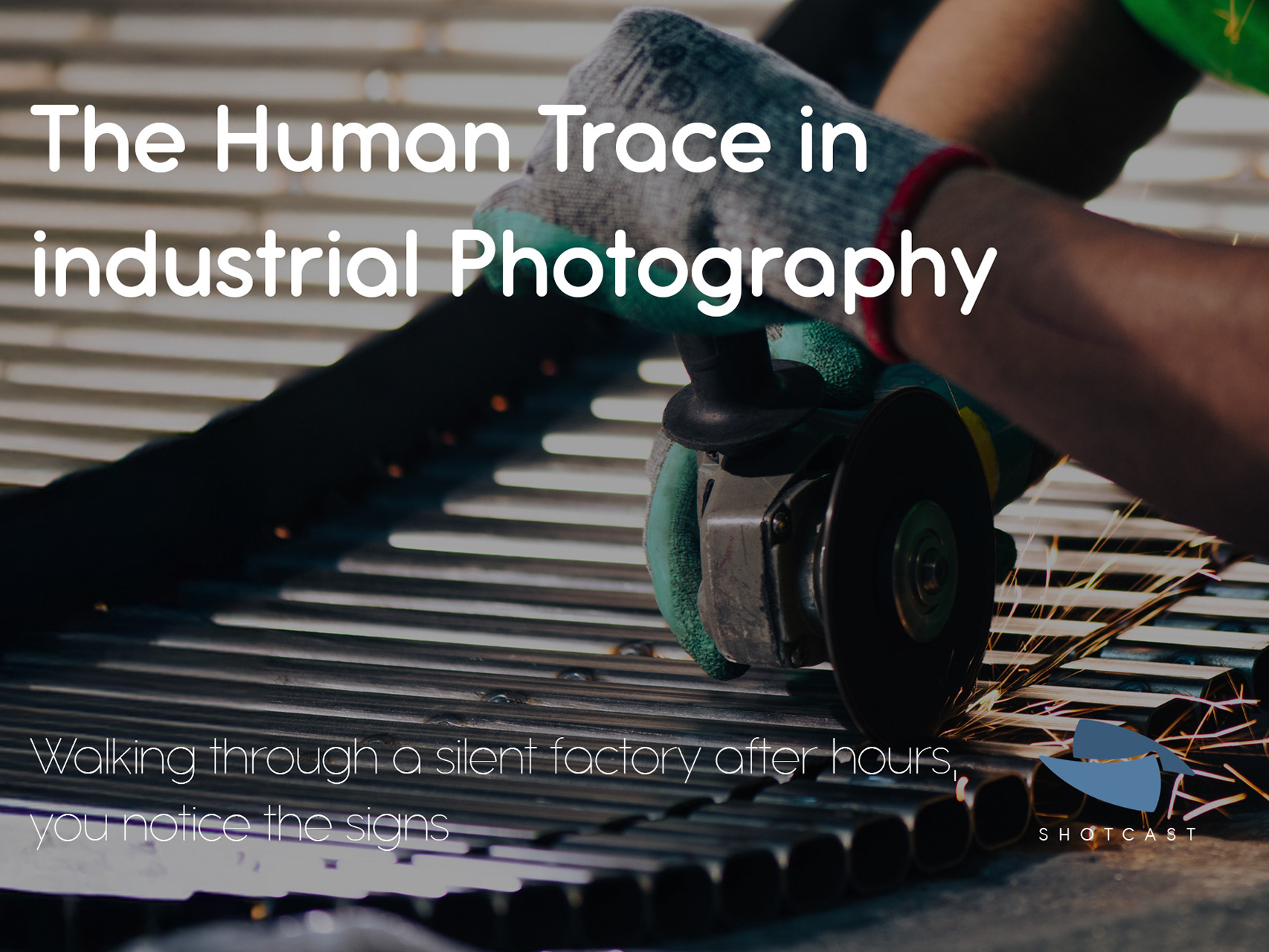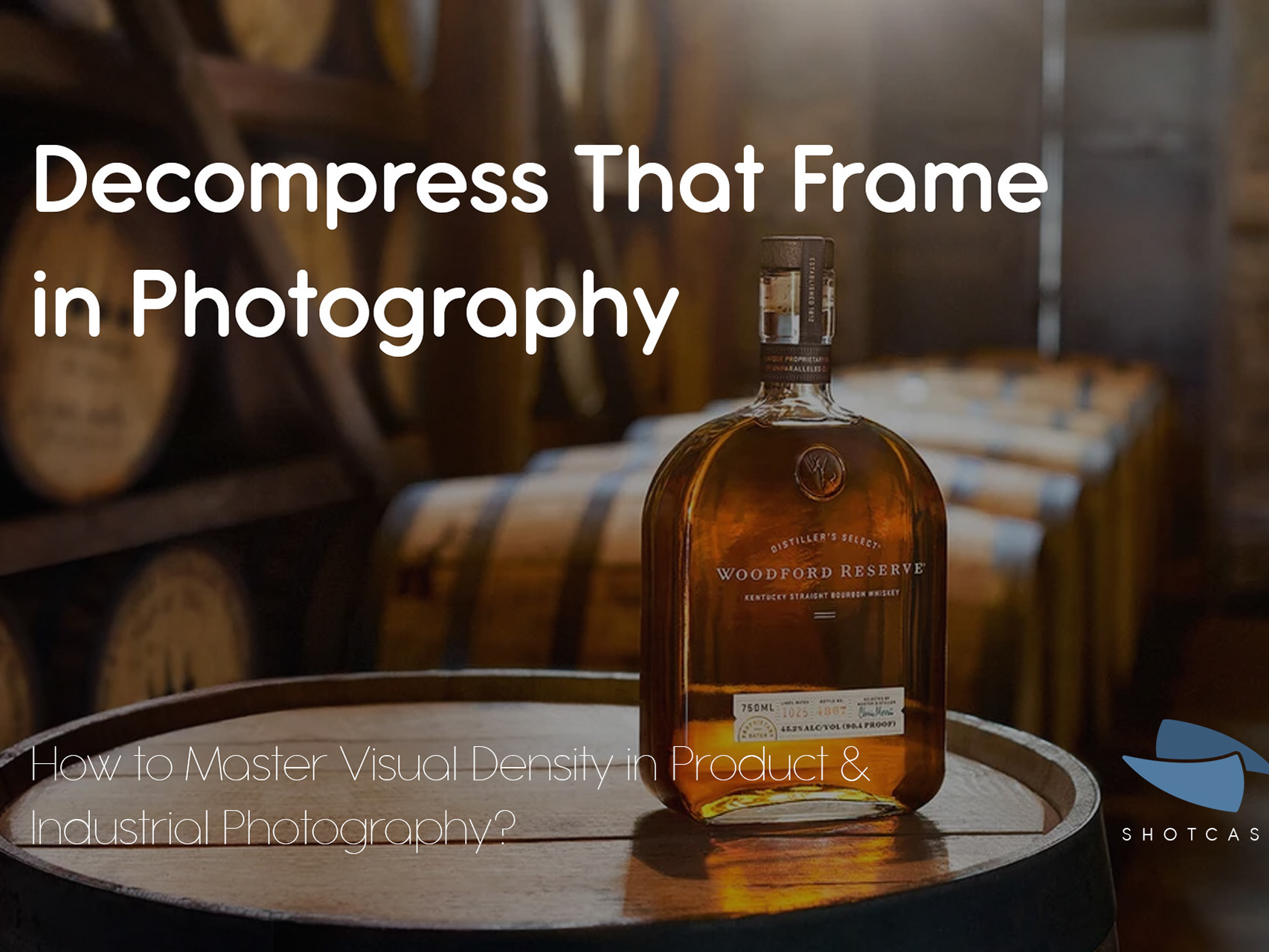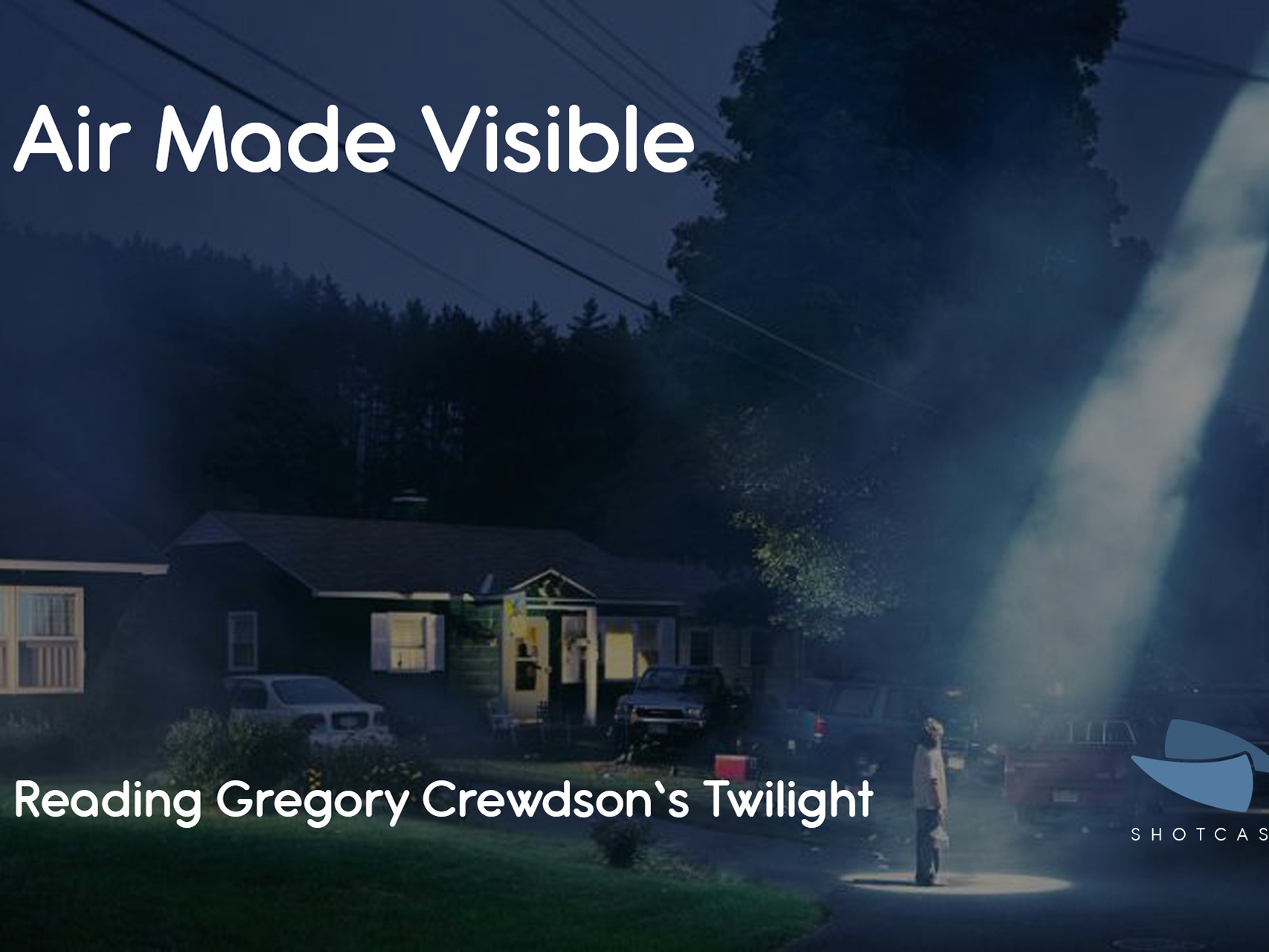Who Should Switch?
ShotCast Issue No. 3
Medium format in 2025 is like a Ferrari in the camera world – exotic, powerful, and guaranteed to turn heads. But do you actually need one for your day-to-day creative projects, or will a tricked-out high-res full-frame get you to the finish line just as well? Let’s break down this gear face-off with ShotCast’s signature no-nonsense style and find out who should really make the switch.
Medium Format in 2025: The Allure of Going Big
There’s a reason medium format cameras spark envy on set. With giant sensors (often ~1.7× the area of full-frame) and 100+ megapixel counts, they promise image quality that borders on outrageous. Cameras like the Fujifilm GFX 100 II (102 MP) and Hasselblad X2D 100C (100 MP) deliver insane detail and 16-bit color depth for ultra-smooth gradations[1]. In side-by-side tests, the “medium format look” is real: you get smoother highlight roll-off and richer tonal transitions that can make a portrait feel almost three-dimensional[2]. Dynamic range is another trump card – on the Hasselblad, roughly 15 stops of DR means no more bracketing every tricky shot[3]. That extra sensor real estate also gives a unique depth-of-field character (creamy bokeh for days) and even a 4:3 aspect ratio that many studio shooters love for portrait framing.
Modern medium format rigs have shed some old baggage, too. The newest models are much faster and more handhold-friendly than their predecessors. For instance, Hasselblad’s latest added in-body stabilization up to 10 stops and continuous autofocus in the X2D II[4], and Fujifilm’s GFX series can even crank out 8K video. In short, medium format isn’t just for tripod-bound landscape artists anymore – it’s inching toward the mainstream of high-end production. The allure is clear: maximum image quality, visual nuance that makes even high-end full-frame files look ordinary in the right conditions[5], and the kind of uber-professional cachet that comes with shooting the biggest sensor on the block.
High-Res Full-Frame: The Workhorse Strikes Back
So, do high-resolution full-frame cameras feel nervous? Hardly. In 2025, full-frame systems are absolute monsters in their own right – and far more versatile. Sony’s 61 MP A7R V, Canon’s 45 MP EOS R5 (Mark II), Nikon’s 45 MP Z8, and other heavy hitters deliver detail and dynamic range that would’ve been medium format territory a few years ago. For most real-world shooting, a 50–60 MP full-frame image is virtually indistinguishable from a 100 MP medium format file unless you’re really pixel-peeping[6]. In evenly lit scenes or typical outputs (think web, editorial prints), even seasoned clients won’t see a difference – as one pro noted, after social media compression and normal viewing distances, most of medium format’s advantages evaporate in final deliverables[6].
Full-frame cameras also fight back with speed and flexibility. Need to shoot 20 frames per second of a model flipping her hair? No problem – a Canon R5 II or Sony A1 will eat that for breakfast. Advanced eye-tracking autofocus and burst rates on full-frame systems run circles around medium format, which tends to top out around 3–5 fps and still can struggle with continuous AF on moving subjects[7]. Full-frames are the Swiss Army knives of cameras: high-resolution stills one minute, 8K video the next, all in a relatively compact body. And the ecosystem is unbeatable – hundreds of native lenses, plus cheaper third-party glass to fit any niche or budget. ShotCast’s take? A great shot on a $3,500 full-frame will beat a mediocre shot on a $15,000 medium format every time – it’s the creative vision, not just the megapixels, that counts.
Practical Trade-Offs: Speed, Size, and Spend
Let’s talk reality: medium format may bring the magic, but it also brings baggage. First up, cost. A Fujifilm GFX 100 II or Hasselblad X2D will set you back around $7,000–$8,000 just for the body[8], and many medium format lenses easily run $2K-$5K a pop (some Hasselblad lenses actually cost more than the camera body itself[9]!). Compare that to a high-res full-frame body like the Canon R5 or Nikon Z8 at roughly half the price, and lenses available at every price tier. Unless you have a client paying specifically for those 100 megapixels, it’s hard to ignore the bang-for-buck advantage of sticking with full-frame.
Then there’s the speed and workflow factor. Medium format is getting spryer, but it’s still slow compared to its 35mm counterparts. We’re talking 3 fps bursts and more cautious autofocus on many models – fine for deliberate portraiture or landscapes, but risky for fast action[7]. Full-frame, by contrast, is built for speed; you can confidently shoot a wedding procession or a sports event with autofocus tracking and not worry about the camera choking. And remember those colossal files: a 100 MP RAW from a medium format can easily top 200 MB each[7], which will chew through your memory cards and hard drives, and make your editing machine beg for mercy. High-res full-frame files (often 40–60 MB) are far more manageable in a high-volume workflow. You’ll spend less time waiting for imports and more time creating. Lens selection and size are practical considerations too. Medium format lens lineups, while optically superb, are limited in choices and generally big and heavy – you won’t find ultra-telephotos or a pancake lens for that GFX. The full-frame world offers everything from ultra-wide zooms to 600mm beasts to compact primes, often at lower cost and smaller size. Traveling or shooting all day handheld is just easier with a lighter full-frame kit. In short, medium format demands more – more money, more weight, more storage, more patience – and you need to be sure those sacrifices actually serve your image needs.
Switch or Stick? The 2025 Checklist
Switch to Medium Format if…
· You require ultimate resolution and detail – for example, gallery prints larger than life, high-end commercial campaigns, or art reproduction where every pixel counts. When you routinely deliver images for massive prints or billboards, those 100 MP files and extra bit depth can be a true asset.
· Your shooting style is slow and controlled – think studio fashion, product photography, architecture, or landscape work. Medium format shines in deliberate settings where you can take your time and leverage its quality; you won’t miss the 20 fps bursts or rapid-fire AF you’d get on a sports camera. In fact, the slower pace might even improve your artistry by making you stop and think before each frame[10].
· You crave that medium format “look” – the silky tonal gradation, super shallow depth of field, and micro-contrast that give images a unique presence. If you (and your clients) have a discerning eye that appreciates those subtle differences in color and highlight rendering[5] – and you’re willing to pay for it – medium format can be creatively rewarding.· Budget (and logistics) are a lesser concern – you have the resources to invest in an expensive body, two or three pricey lenses, and the computing power and storage to handle gigantic files. Essentially, you’re ready to pay a premium for that last 5-10% gain in image quality. Your clients or projects justify the cost, or you simply want the best and are okay with the trade-offs.
Stick with High-Res Full-Frame if…
· You need a versatile workhorse. Most creative professionals juggle a mix of gigs – one day it’s an event, the next a video shoot, then a portrait session. A full-frame mirrorless (like an EOS R5 II or Nikon Z8) is a Swiss Army knife that excels in this variety. It handles fast action, low light, and high-quality video, all in one body. Medium format systems, by contrast, often can’t keep up with fast-paced or hybrid shooting. If you shoot anything that moves quickly (sports, wildlife, weddings) or rely on advanced continuous AF and high burst rates, full-frame is the safe bet[7].
· You’re value-conscious. Let’s face it: 45–61 MP full-frame cameras already deliver stunning image quality at a fraction of the cost of medium format. You can allocate your budget to lighting, extra lenses, or creative projects instead of dropping it all on a body upgrade. The full-frame ecosystem also offers far more affordable lens options. Unless medium format’s advantages directly make you more money or art, it’s often wiser to maximize what you have.
· Your output doesn’t demand medium format. If the final destination for your images is Instagram, websites, or prints up to, say, A2 size, 99% of viewers won’t notice any improvement from a bigger sensor[6]. Clients certainly won’t complain about the image quality from a Canon R5 or Sony A7R series – those files are already razor sharp and rich. In typical conditions, the differences are so minor that medium format would be overkill.
· You prize portability and speed of workflow. Do you often shoot on location, travel, or handle high volumes? A lighter full-frame kit will save your back (and your assistant’s). Smaller files mean faster culling, editing, and delivery. And if you need backup gear, renting or finding a replacement full-frame body/lens in a pinch is far easier. Sticking with full-frame keeps things nimble and efficient for most professionals.
As one seasoned shooter bluntly put it, “If your art would benefit from medium format, you know who you are – that’s a pretty small club”[11]. For everyone else, today’s high-res full-frame cameras are insanely good and likely more than enough to execute your creative vision.
What do you think? Are you eyeing a medium format upgrade, or sticking with your trusty full-frame setup? Let us know your take in the comments. And if you enjoyed this insider discussion, follow ShotCast for more sharp, irreverent takes on the gear that shapes visual storytelling. This article is Issue #4 of the ShotCast visual content newsletter – stay tuned for more!
[1] [3] [9] [10] [11] Medium Format vs Full Frame: One Photographer's $15,000 Camera Switch Explained | Fstoppers
[4] [8] Hasselblad Announces X2D II 100C Medium Format Camera and XCD 35–100mm f/2.8–4 Lens | Fstoppers
Written by Arman Abbasi



